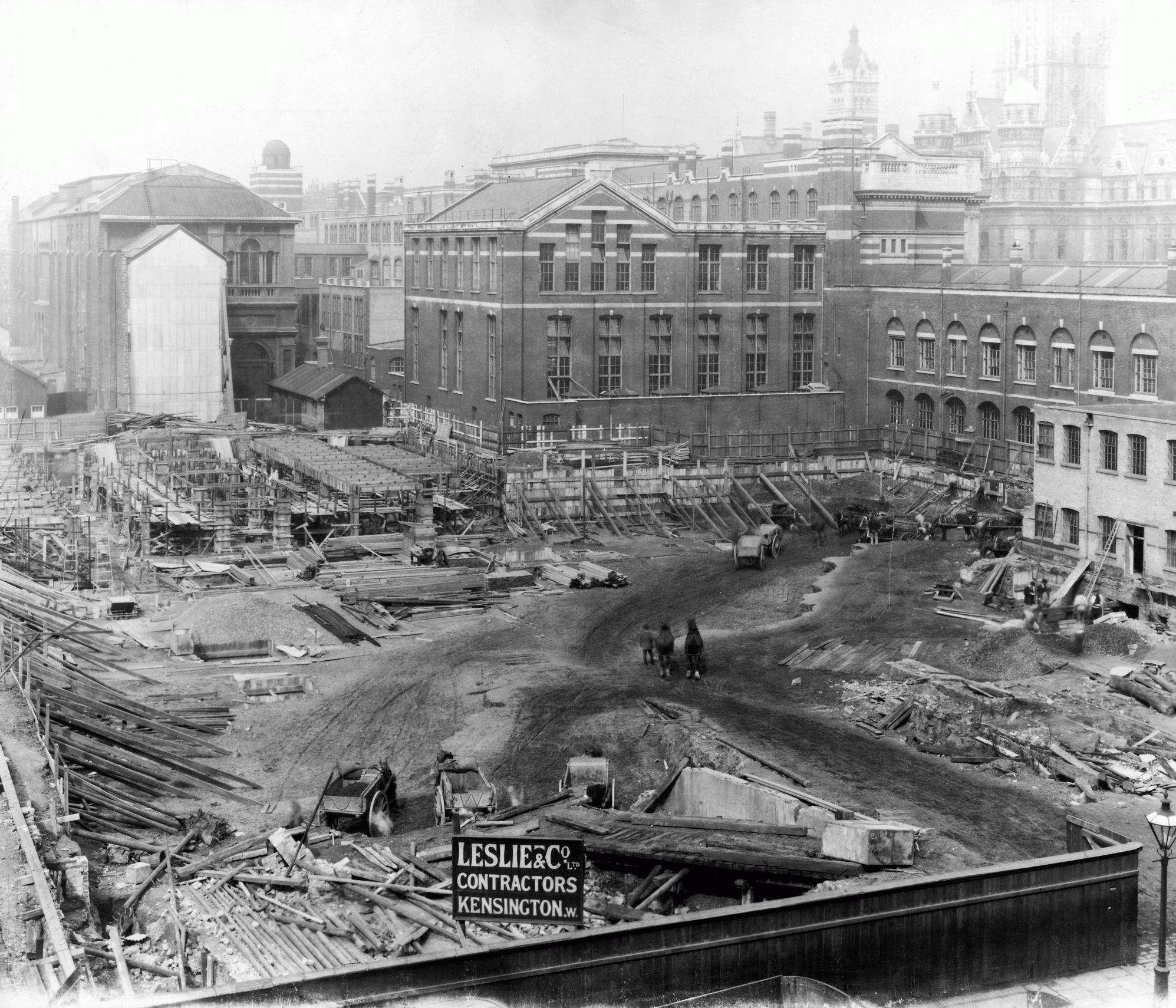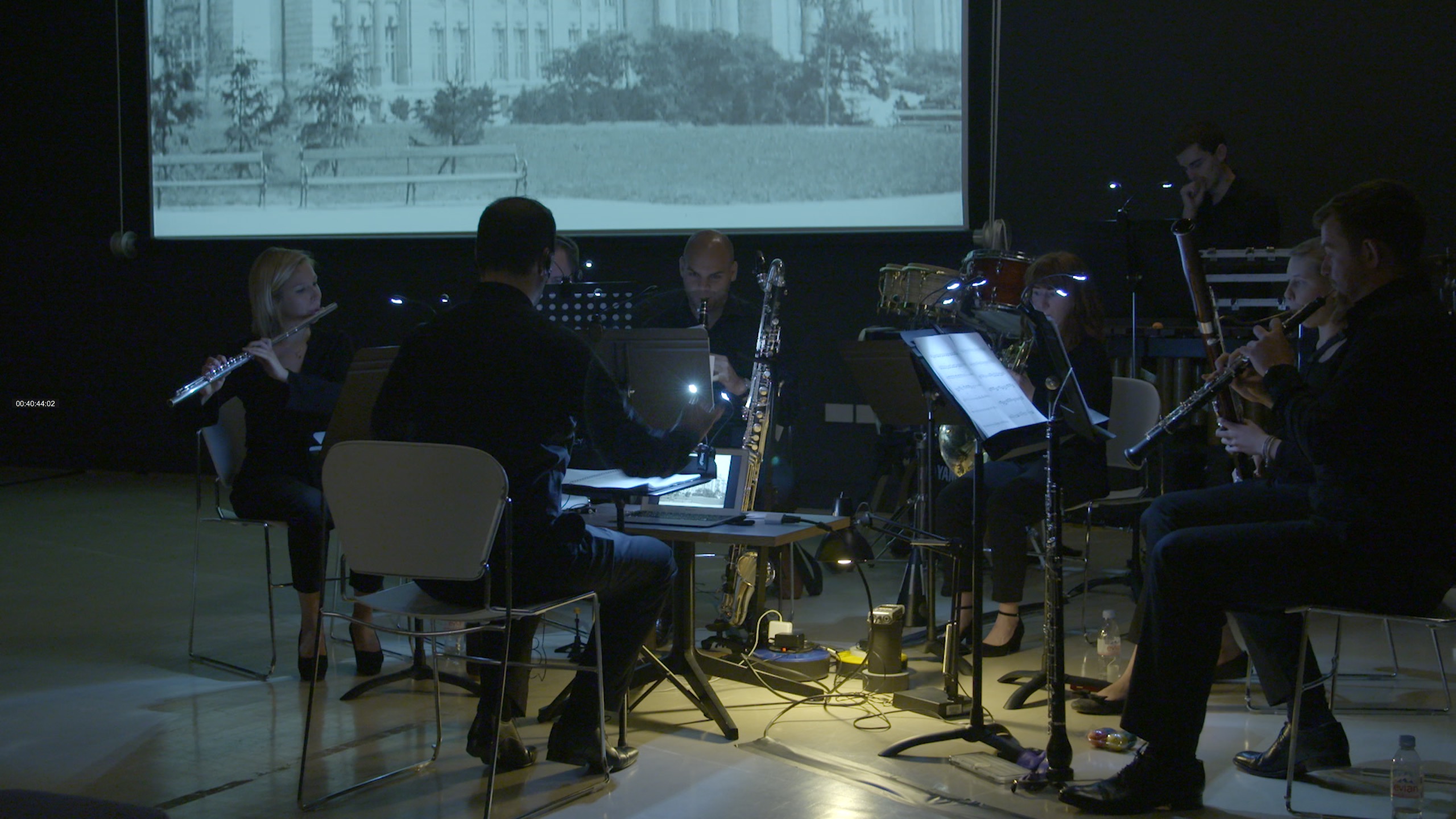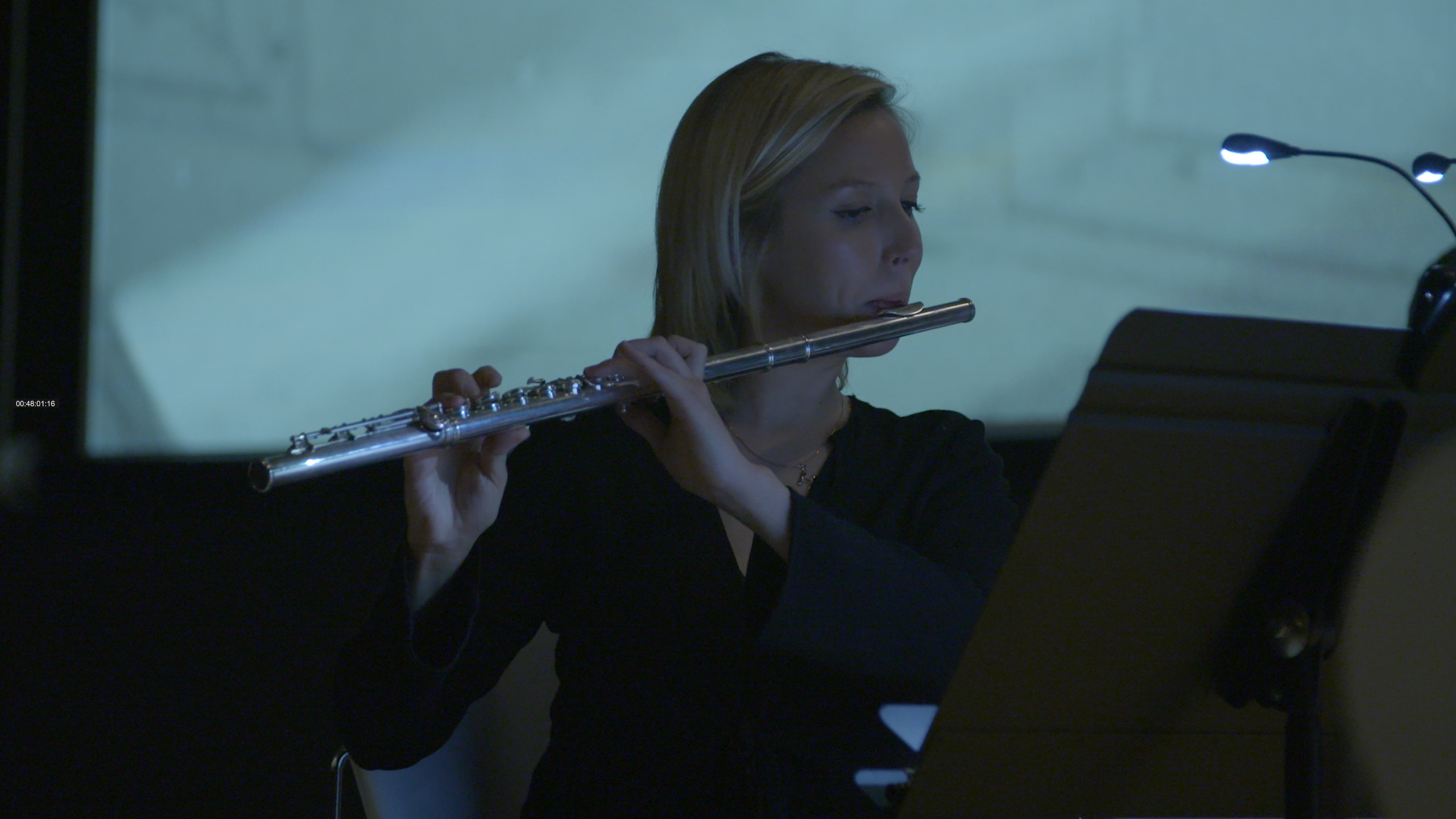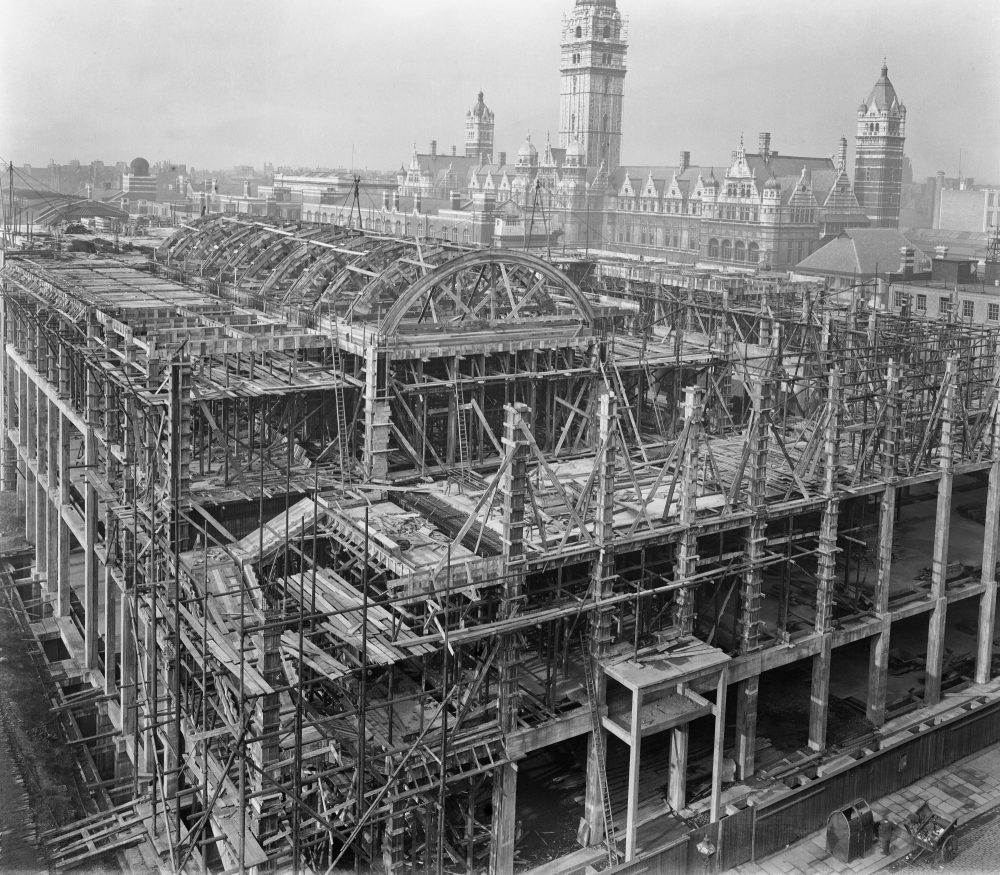Today, if you wanted to persuade someone to pay for a new museum, you’d use the latest technology – maybe a VR model of what it would look like. 90 years ago, the champions of the new museums of science and industry in the USA did exactly that, using their latest technology to promote the project: the silent movie.
These films give a unique and fascinating insight into the origins, not only of the Science Museum, but of the other avant-garde institutions of the 1920s. In 2016, the Research & Public History team embarked on the challenge of bringing to life this old technology for a modern audience: through music.
First, for some background. In the 1920s, the European ‘Grand Tour’ of industrial museums was something of a rite of passage for American curators. This would frequently include the Deutsches Museum in Munich, the Technisches Museum in Vienna, the Science Museum in London and the Conservatoire des Arts et Métiers in Paris. However, Charles T. Gwynne, trustee of the proposed ‘Museum for the Peaceful Arts’ (now the New York Museum of Science and Industry) chose to take this a step further.
With film director Arthur Edwin Krows and cameraman Walter P. Pritchard, Gwynne travelled to Europe and returned with three films: Museums of the New Age, The Building and Operation of Industrial Museums and Big Industries in Little. The purpose of these films was to champion to the New York elite (and in doing so, persuade them to contribute to) what could be possible in America, which, as the soundtrack says, ‘should have the greatest museum because she alone has the wherewith to make it come true’.

Originally, the films would have been accompanied by commentary from Gwynne and Krows. But, as identified by Tim Boon, Head of Research & Public History at the Science Museum, ‘to bring this film alive for modern audiences, it really needed to have a score’. In 2016, contemporary composer Jean-Philippe Calvin joined the Science Museum as Leverhulme Trust Composer in Residence to undertake the task of creating a soundtrack for The Building and Operation of Industrial Museums.
Calvin’s score was completed in August 2016, and has since been performed twice alongside the film.
The film is 30 minutes long (another example of how campaigns have changed, compared to the “elevator pitch” culture of today).

Here are a few examples to give a taster of how Calvin’s soundtrack champions these four museum greats:
- Each of the museums is given its own musical leitmotif in expression of its character. For example, the ‘room for experiment’ description of the Deutsches Museum is represented in the use of vernacular material in its soundtrack – like at 06:17, where we are shown a ‘demonstration of railway signs’, with what sounds like a siren whistling in the background, as the cart which is being tested promptly derails.
- Meanwhile, at 07:30 we first encounter the Science Museum, set deliberately apart from its continental counterparts with a romantic theme played solely on the piano as we watch a series of stills of the building being constructed. It ends with a description of how ‘exhibits and visitors have been moved in on the heels of builders who labour at one end of the structure’. This is followed by shots of the now-completed building, but still with ladders and workmen visible from the windows.

- We are also introduced to the characters of the different museums. The first staff to be introduced from the Science Museum, at 18:18, are the guards, who, as the film describes ‘are all ex-constables. Four here are seen passing Assistant Director Miller and Chief Warder Bonnyman.’ The shot shows the guards posing in their uniforms, grinning at one another and nodding cheerfully as they pass. (These, we are led to feel, are men who are proud of their jobs.)
- The film equally covers quirkier elements of the museums, such as the pronouncement at 21:51 that ‘Some visitors always abuse privilege. But precautions are taken – especially in London’. The score becomes bouncier and mischievous in tone as we are shown demonstrations of how exhibits were made damage-proof e.g. through giving exhibits spiky buttons to prevent people pressing them for too long.

Calvin’s score was completed in August 2016, and has since been performed twice alongside the film: at the Artefacts Conference XXI at the Science Museum and at the Manchester Science Festival in October 2016. Now, for the first time, the combined film and score are being made available on the Science Museum website, to bring to life this visual artefact of museum history for today’s audience – without the need for a VR model.
Find out more about the film here.
